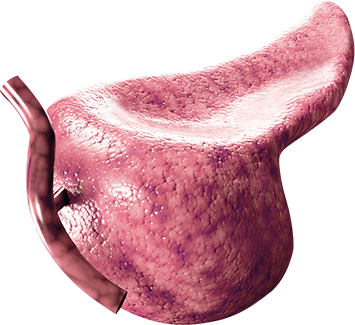The basis of treatment is insulin therapy — an administration of insulin preparations according to a clearly defined scheme. The patient and his parents (if the patient is a child) have to undergo special training, during which they will learn properly build their daily routine and food ration, calculate insulin dose, adjust it depending on load, monitor blood sugar levels. «Diabetes mellitus is a way of life!» — this is what is taught about during training courses for patients, emphasizing the importance of all the above activities and an opportunity to live a full life at the same time.
Insulin therapy usually includes two components: fast-release drug and basic (background) insulin. The dose of basic drug is usually chosen by the doctor; while fast-release insulin is administered several times a day before meals and overnight, and the dose is calculated taking into account physical activity and food ration. Monitoring of condition is carried out through regular measurement of glucose level with the help of portable glucometers, for administration of insulin it's used compact injectors - syringes, PFSs and other devices for dispensing and administering drug. In most cases, responsible patients quickly settle down to a new lifestyle and can control disease with minimal involvement of an endocrinologist.




